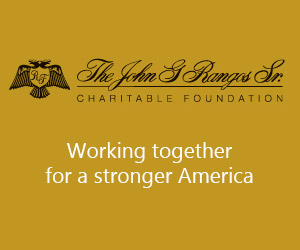“New Shoes!” American postwar humanitarianism in the papers of Anna Howell Hayward (1908–2001)
by Ilias Chrissochoidis*
The caption to the above photograph from 1946 could serve as the cry of rural Greece at the end of WWII. Collapsed infrastructure, thousands of burned villages with hundred thousand inhabitants reduced to primitive existence, not to mention the butchered civilians by German soldiers, the victims of starvation, and the unprecedented looting of the treasury, make the hellish bill of the German occupation of Greece (1941–44).

With the British desperate to crush communism and reestablish George II in Greece, the country’s existential threat from food and clothing shortage, widespread disease, and economic arrest could only be addressed by the U.S.A. The Greek War Relief Association had already secured humanitarian aid during the Occupation. By the end of WWII, however, continuous and expanded aid was more than urgent.
The United Nations Relief and Rehabilitation Administration (UNRRA) was a temporary answer, as it dissolved in 1947. By contrast, the veteran Near East Foundation (NEF), originally set up in 1915 to relieve the victims of Turkish genocidal policies in Anatolia, assumed leadership in humanitarian aid, especially for children. Its “Eagle’s nests” in Kifissia, Bakasaki, Agrinion, Distomo, Konitsa, Kalavrita, and Florina, each hosted up to 400 children for three months, providing medical care, healthy nourishment, new clothing, education and recreation. A key to their success was NEF’s highly trained staff like Anna Howell Hayward.

Before NEF’s humanitarian intervention

After NEF’s humanitarian intervention
Born in 1908 outside Philadelphia, Anna was a teacher who joined the American war relief effort in 1943. A year later she was sent, via Cairo, to rural Greece to organize UNRRA rehabilitation hostels for local children. Starting in March 1945, she served in Patras, Ioannina, Agrinion, and Konitsa. In October 1945, she assumed NEF’s directorship of Child Welfare for western Greece, where she stayed until the summer of 1946. Returning to the States, she married Robert Clifton Patton Lisle and spent the rest of her life in Pennsylvania.

Anna’s service in Greece would have been lost to posterity were it not for the posthumous donation of her papers to Hoover Institution (discovered there by this writer in 2014). They include official reports, photos, prints, and a volume of photocopied letters she wrote to her mother between 1944–46. Although she left no structured narrative of her social work like other colleagues (see Gonda Van Steen, The Battle for Bodies, Hearts, and Minds in Postwar Greece [2024]), her papers document conditions in postwar rural Greece and thus merit public exposure through digitization. May this introduction open eyes, hearts, and, of course, pockets, to that end.
Sources
“Anna Howell Hayward Lisle papers,” Hoover Institution Library & Archives: https://oac.cdlib.org/findaid/ark:/13030/kt1r29q8j9/entire_text/
Near East Foundation (NEF): https://neareast.org/our-history/
United Nations Relief and Rehabilitation Administration (UNRRA): https://archives.un.org/content/predecessor-united-nations-turns-80-1
*Dr. Ilias Chrissochoidis (http://www.stanford.edu/~ichriss) is a researcher at Stanford University, author, pianist and composer. He has edited Spyros P. Skouras, Memoirs (1893-1953) and has discovered dozens of historical sources on modern Greece in American archives (https://stanford.academia.edu/ILIASCHRISSOCHOIDIS/Modern-Greek-History).















0 comments